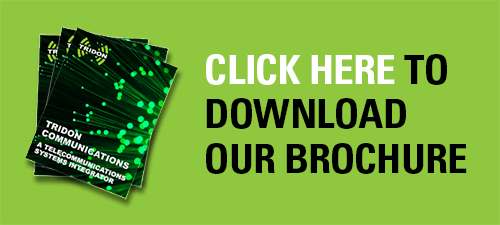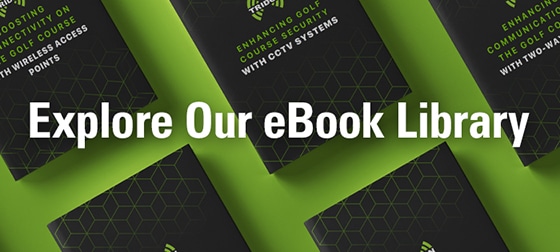
In a connected world, effective communication remains a essential foundation for seamless interaction. Two-way radios, often referred to as walkie-talkies, serve as reliable communication tools across a myriad of settings, from professional environments to recreational adventures in Western Canada.
Central to the functionality of these radios are two-way radio frequencies and the channels they operate on. Discover the intricacies of two-way radio channels, the implications of their usage, and best practices for optimizing communication.
The Spectrum of Channels: How Many Channels Does a Two-Way Radio Have?
Navigating the Channels: Which Walkie-Talkie Channels Shouldn't Be Used?
While many channels are allocated for walkie-talkie communication, some are reserved for specific purposes and should not be used without proper authorization. Avoid using certain walkie-talkie channels in Alberta to prevent interference with emergency services, public safety agencies, and government communications. Always refer to the user manual and your supplier of your two-way radio to identify for your chosen model.the permissible channels for your chosen model.
The Handheld Radio Frequency List: Understanding the Spectrum
Optimal Channels for Long-Distance Communication
When aiming for long-distance communication with your two-way radio, selecting the appropriate frequency is crucial. VHF frequencies are better suited for this purpose due to their capacity to cover extensive distances over open terrain. However, it is important to note that obstacles such as buildings and vegetation can still affect signal range. Selecting the right channel within the VHF band can significantly enhance your chances of maintaining clear communication across extended distances.
Unveiling the Significance of UHF Frequencies
UHF frequencies are known for their exceptional penetration capabilities, allowing them to traverse obstacles such as buildings, walls, and foliage with relative ease. This attribute makes UHF frequencies particularly valuable in urban environments and indoor settings, where line-of-sight communication is often obstructed. As a result, industries such as construction, manufacturing, and hospitality frequently rely on UHF-equipped devices for efficient and reliable communication within enclosed spaces.
Best Practices for Channel Selection and Usage
To ensure efficient and interference-free communication, adhere to these best practices:
Research and Plan
Before setting out, familiarize yourself with the local regulations and radio frequency guidelines. This will help you choose the right channels and frequencies for your specific location.
Use Licensed Frequencies
If you are using radios in a professional setting, consider obtaining the necessary licenses for specific frequencies. This minimizes the risk of interference and ensures dedicated communication channels.
Avoid Overcrowded Channels
In areas where walkie-talkie usage is prevalent, some channels might become congested. Avoid these crowded channels to maintain clear communication without interference.
Emergency Channels
Always be aware of designated emergency channels and refrain from using them unless you are in a genuine emergency.
Test and Monitor
Before relying on your walkie-talkies in a critical situation, conduct tests to ensure clear communication. Monitor your chosen channel for any ongoing communication to avoid unintentional interruptions.
The Future of Two-Way Radio Frequencies
As technology continues to advance, the landscape of two-way radio frequencies is evolving. Digital communication protocols, enhanced encryption mechanisms, and software-defined radios are reshaping the possibilities of wireless communication. These advancements promise heightened security, improved audio quality, and seamless integration with other digital systems.



